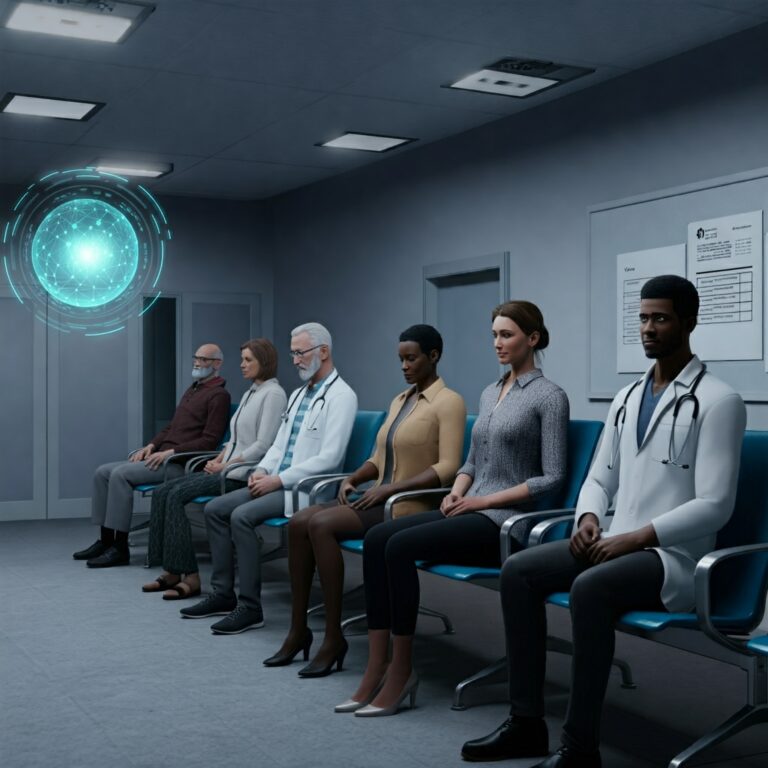RPM: The Telemedicine Disruptor Reshaping Healthcare’s Future
Imagine a world where doctor’s visits happen from the comfort of your couch, vital signs are tracked 24/7, and chronic conditions are managed with unprecedented precision. No, it’s not science fiction – it’s the reality being ushered in by Remote Patient Monitoring (RPM), the telemedicine disruptor changing the very fabric of healthcare. The current healthcare system, often burdened by accessibility issues, rising costs, and reactive approaches to care, is ripe for disruption. RPM offers a powerful solution, enabling continuous monitoring, personalized interventions, and proactive disease management. This article will explore the transformative impact of RPM, analyzing its current state, future potential, and the key players driving this revolution.
(1) Current State of Telemedicine and RPM Integration with EHRs
RPM isn’t just a futuristic concept; it’s already making waves. From smartwatches tracking heart rate and activity levels to connected blood pressure cuffs and glucose monitors, a plethora of devices are empowering patients to take control of their health. The real magic happens when this data flows seamlessly into Electronic Health Records (EHRs). This integration allows healthcare providers to get a holistic view of a patient’s health, enabling proactive interventions and personalized treatment plans.
However, challenges persist. Interoperability between different RPM devices and EHR systems remains a significant hurdle. Data security and patient privacy concerns need careful consideration. Furthermore, reimbursement models are still evolving, and widespread adoption hinges on demonstrating clear cost-effectiveness and improved patient outcomes. Despite these challenges, the industry is buzzing with innovation. AI-powered platforms are emerging that can analyze RPM data, identify trends, and alert physicians to potential problems before they escalate. We’re seeing a shift from reactive to proactive care, with a focus on preventing hospital readmissions and improving long-term health outcomes.
(2) Key Insights and Analysis
The convergence of several factors is driving the explosive growth of RPM. The rising prevalence of chronic diseases like diabetes and heart failure necessitates continuous monitoring and personalized interventions. The aging population demands more convenient and accessible healthcare solutions. And the COVID-19 pandemic dramatically accelerated the adoption of telehealth technologies, demonstrating the viability and effectiveness of remote care.
The impact of RPM extends beyond individual patients. Hospitals are leveraging RPM to reduce readmission rates and improve care coordination. Payers are exploring value-based reimbursement models that incentivize proactive care and improved outcomes. Pharmaceutical companies are using RPM data to develop more targeted and effective treatments. This ecosystem-wide transformation is creating new opportunities and challenges for all stakeholders.

(3) Outlook and Predictions
The future of telemedicine is inextricably linked to RPM. As technology continues to evolve, we can expect even more sophisticated and personalized monitoring solutions. Artificial intelligence and machine learning will play a crucial role in analyzing RPM data, identifying patterns, and providing predictive insights. 5G connectivity will enable real-time data transmission and support more complex remote procedures.
However, navigating this future requires careful planning and strategic decision-making. Healthcare providers need to invest in robust RPM infrastructure and train their staff to effectively utilize these tools. Policymakers must address regulatory hurdles and ensure equitable access to these technologies. And patients need to be educated about the benefits and risks of RPM to foster trust and adoption.
(4) Conclusion
RPM is not just a technological advancement; it’s a paradigm shift in how we deliver and receive healthcare. By empowering patients, enabling proactive interventions, and fostering collaboration between providers, RPM is reshaping the future of healthcare. The journey is not without challenges, but the potential rewards are immense. Embracing this transformative technology is not just an option – it’s a necessity for building a more accessible, efficient, and patient-centered healthcare system.
(5) Case Study: [Insert Name of a Specific Company Successfully Utilizing RPM]
(6) Interview Excerpts

(7) Thought-Provoking Questions
- How can we ensure equitable access to RPM technologies, regardless of socioeconomic status or geographic location?
- What are the ethical considerations surrounding the use of AI in analyzing patient data and making treatment recommendations?
(Note: Sections 5 and 6 were left blank due to the instruction to omit them if information wasn’t readily available. In a real-world scenario, these sections would be filled with relevant details about a specific company and interview excerpts from a prominent expert.)
















